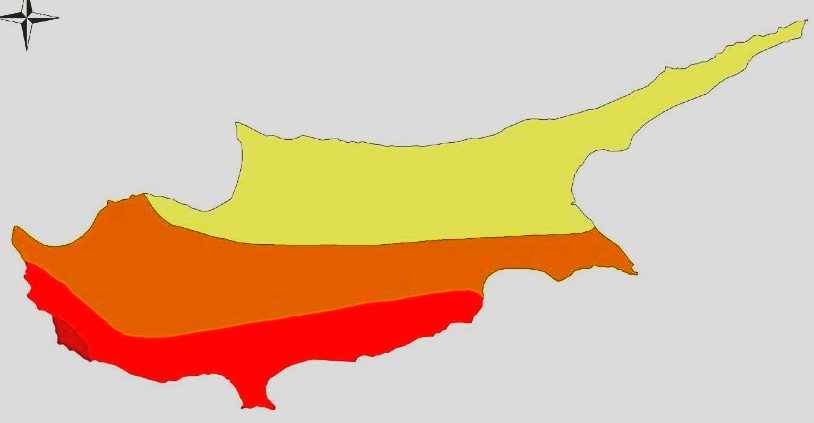 The Earthquake Research and Application Center (DAUM) at Eastern Mediterranean University (EMU) has issued a critical assessment regarding recent seismic activities in Cyprus and its surroundings. According to DAUM, tectonic movements in the region point to an increased likelihood of a significant earthquake affecting the island.
The Earthquake Research and Application Center (DAUM) at Eastern Mediterranean University (EMU) has issued a critical assessment regarding recent seismic activities in Cyprus and its surroundings. According to DAUM, tectonic movements in the region point to an increased likelihood of a significant earthquake affecting the island.
Cyprus: At the Heart of Seismic Activity
Located at the intersection of the African, Arabian, and Eurasian tectonic plates, Cyprus is a natural earthquake hotspot. While the southern part of the island is influenced by the Cyprus Arc, the northern region is shaped by the Kyrenia Mountain Range. This complex tectonic configuration makes seismic events in the area both unpredictable and potentially devastating.
A recent earthquake off the coast of the Eastern Mediterranean, approximately 50 kilometers from Cyprus, has underscored the island's vulnerability. Although it caused minimal damage, the activity along the Cyprus Arc suggests the possibility of more significant seismic events in the near future.
Historical Earthquakes: A Warning from the Past
According to DAUM’s data, the region has experienced several major earthquakes, including a catastrophic Mw 7.0–7.5 event in 1222. More recently, a Mw 6.4 earthquake struck off the coast of Paphos in 2022, highlighting the island's ongoing seismic activity.
Proactive Measures Against Earthquake Risks
DAUM has proposed a comprehensive action plan to mitigate the impact of a potential major earthquake in Cyprus:
- Updating Seismic Hazard Maps: Utilize the latest data to create detailed risk maps.
- Microzonation Studies: Analyze site-specific risks such as ground motion, landslides, liquefaction, and tsunami potential.
- Earthquake-Resilient Structures: Strengthen existing buildings and ensure new constructions adhere to updated seismic standards.
- Community Awareness: Educate the public on earthquake safety and establish local aid and disaster response centers.
-

A Call to Action from DAUM
DAUM emphasizes the urgent need for collaboration among experts, stakeholders, and decision-makers to implement these measures without delay. Preparing for earthquake risks is not only vital for saving lives but also essential for maintaining the region's stability and sustainability.
Remember, earthquakes cannot be prevented, but their impact can be minimized. Taking action today can save lives tomorrow.

 The Earthquake Research and Application Center (DAUM) at Eastern Mediterranean University (EMU) has issued a critical assessment regarding recent seismic activities in Cyprus and its surroundings. According to DAUM, tectonic movements in the region point to an increased likelihood of a significant earthquake affecting the island.
The Earthquake Research and Application Center (DAUM) at Eastern Mediterranean University (EMU) has issued a critical assessment regarding recent seismic activities in Cyprus and its surroundings. According to DAUM, tectonic movements in the region point to an increased likelihood of a significant earthquake affecting the island.

